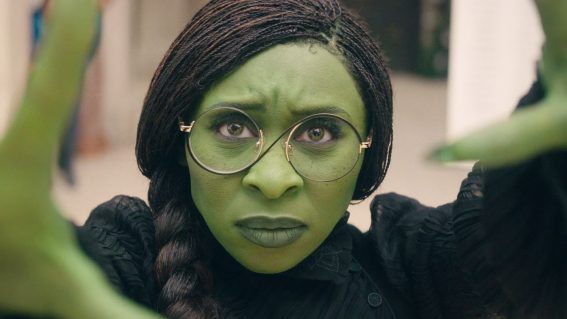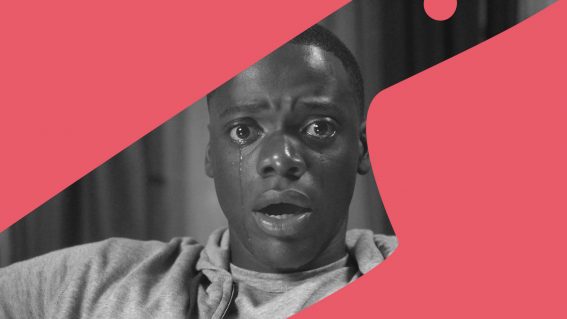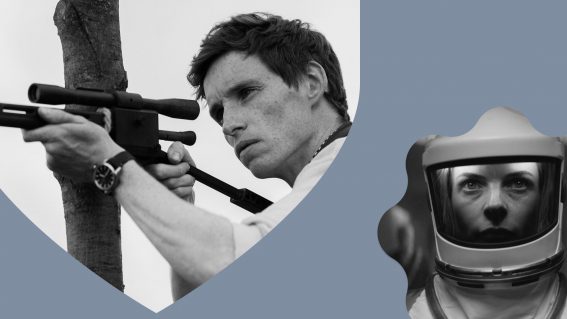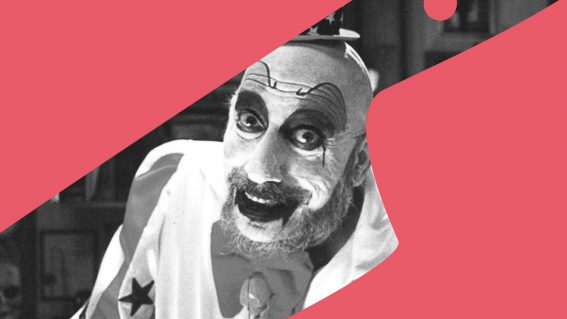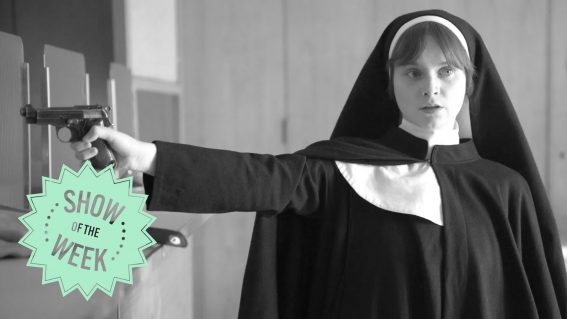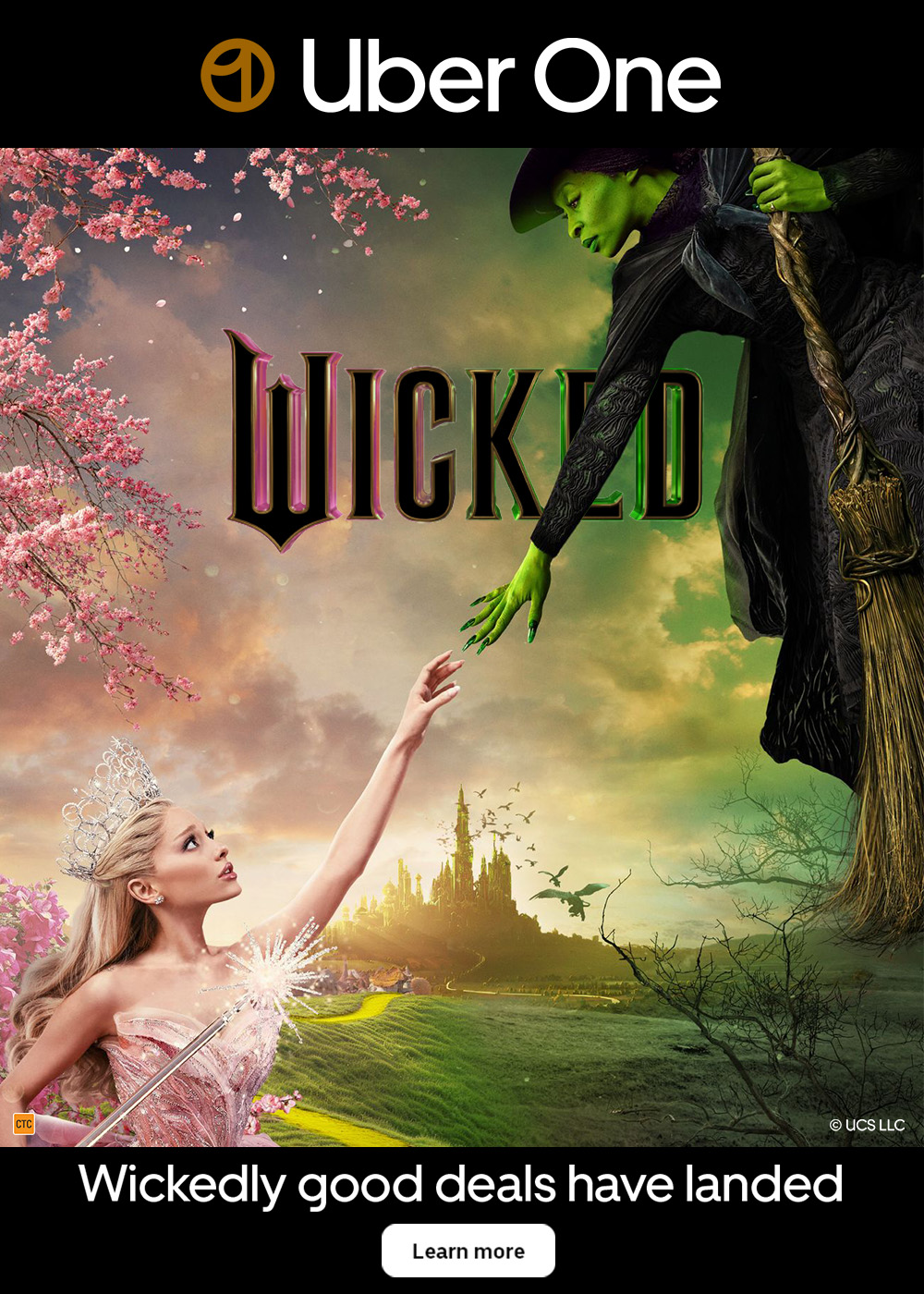We learn all about the crawling, creeping horrors of Aussie giant spider pic Sting
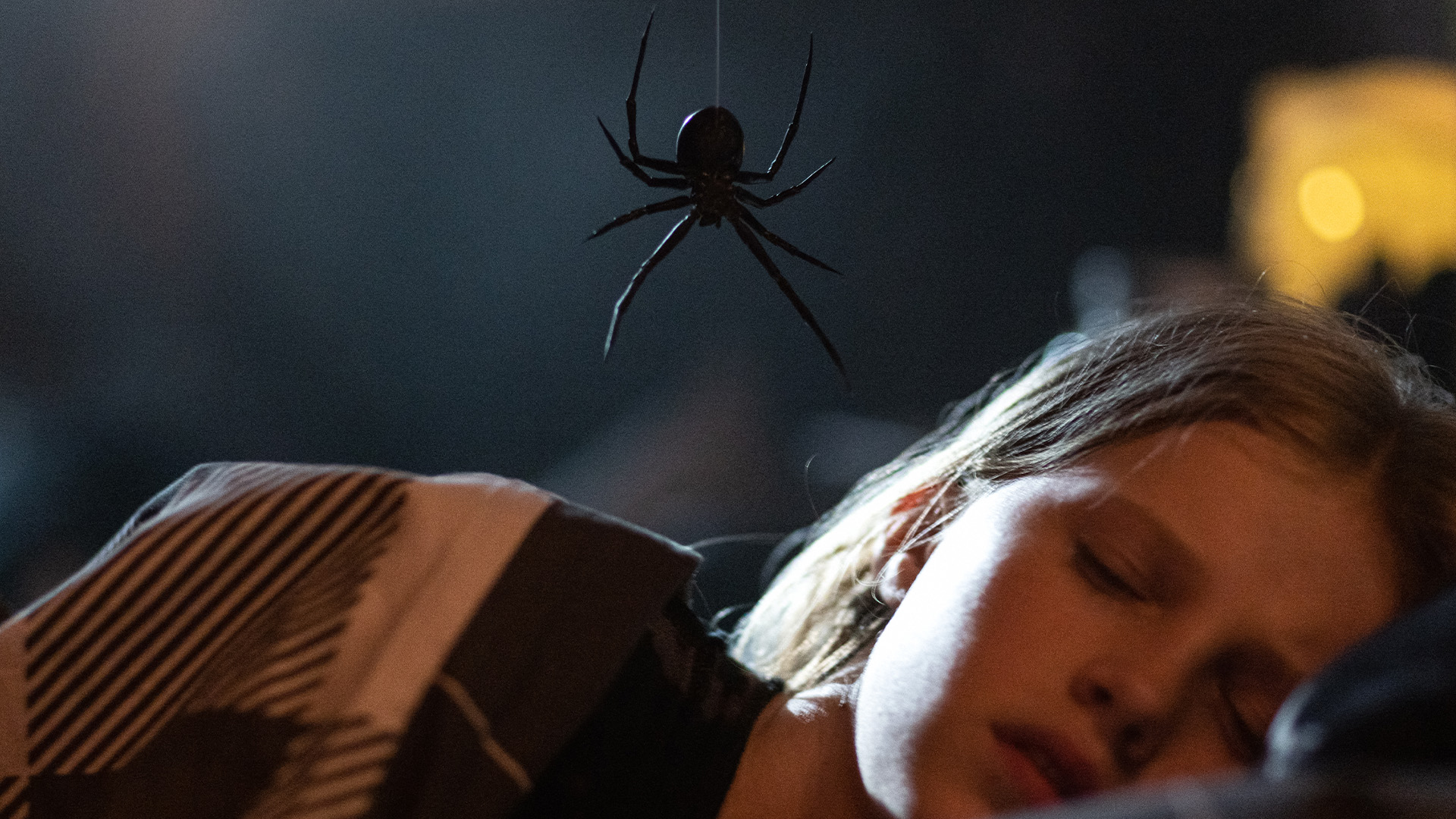
A spider’s growing appetite for flesh is matched by a wild increase in size in new Aussie horror Sting. Eliza Janssen finds out all about it from arachnophobe director Kiah Roche-Turner and its star, seasoned horror veteran Ryan Corr.
Sting (2024)
We’re told that spiders, like most frightening-looking fauna, are more scared of us than we are of them. New Aussie-made horror flick Sting is here to test that theory, blowing up one such creepy-crawly to apartment-gobbling size and setting it against national treasures Alyla Browne and Ryan Corr.
Not that the former is too icked out by spiders herself. Corr recalls the teen star Browne, who plays his character Ethan’s stepdaughter Charlotte in this fresh creature feature, giving a “really lovely and thoughtful” answer to what scares her most in the world: “loneliness.” He himself doesn’t have a fear of spiders, finding Great Whites a tad more scary.
The real arachnophobe behind Sting is director and writer Kiah Roche-Turner, of zombie franchise Wyrmwood fame, and he reckons his long-held fear of the nasty things is what makes the movie work. “My job is to come up with the scariest thing that I could possibly think of that would happen to me, and then to take all of that terror and make you guys watch it”, the horror auteur explains. “
In the way that, like, if you’ve been to war, you’re probably going to make a pretty good war film. And because I’ve spent my entire life being terrified of these eight legged things, I just know what’s scary about them. Any intuition that I have about that, in terms of directing it or blocking it, is always right, because it’s coming from a true place.”
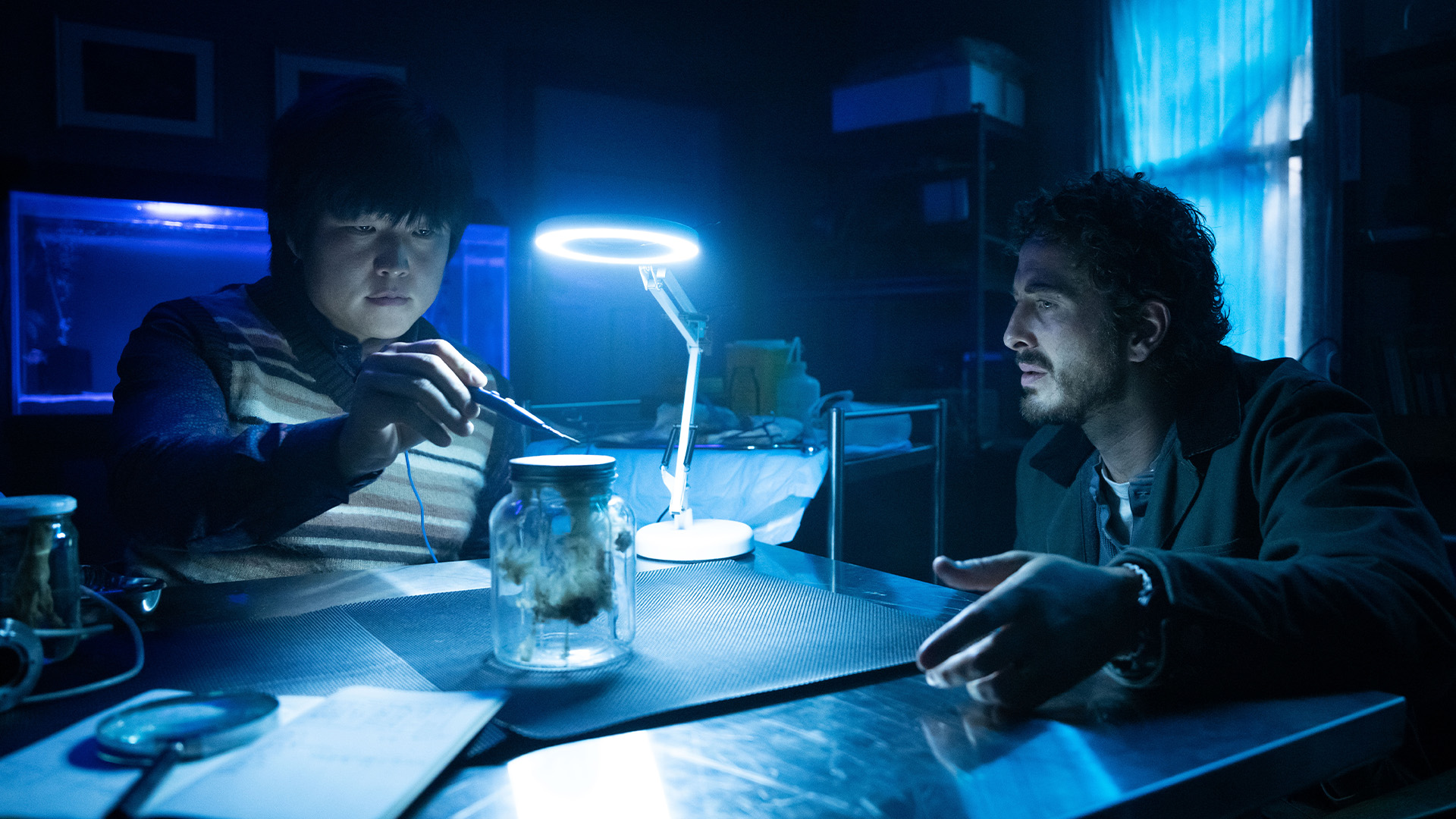
The titular beastie, named after Frodo’s fierce sword in LOTR, doesn’t arrive with fangs bared. At first it’s rebellious New York tween Charlotte’s plaything, helping to inspire the comic book she works on with struggling stepfather Ethan. I joke with Corr that his loveable character is the ultimate evocation of ‘I’m Not The Step-Dad, I’m The Dad That Stepped Up’ memes, and he reveals that the role comes from a sweetly personal place: “I’ve grown up with two wonderful step-parents who were very much a part of my family and we all have mixed Christmases together. And so in a weird way that was certainly one of the jewels of the film for me, that I could pay homage to.”
Cooped up in a New York apartment building in the chilliest depths of winter with a new baby, however, Charlotte and Ethan’s adorable connection gets tested by Sting’s growing appetite for flesh. “It’s funny because with me and my daughter, I had to squeeze 10/15 years of relationship into like 96 minutes” Roache-Turner says of the film’s contrast between claustrophobic family drama and special effects-driven scares, himself a loving stepdad; “the good thing about having a giant spider attacking the family is the emotions intensify pretty quickly.”
Creative director Richard Taylor, of New Zealand’s Academy-Award winning Wētā Workshop, was responsible for bringing the film’s eight-legged villain to monstrous life. It’s a breathtaking effect that had Roache-Turner begging for a time-out on set: “Sometimes the puppeteer would bring the spider up, and its mandibles would be going… I’d be like ‘actually guys, please… you have to stop doing that’.”
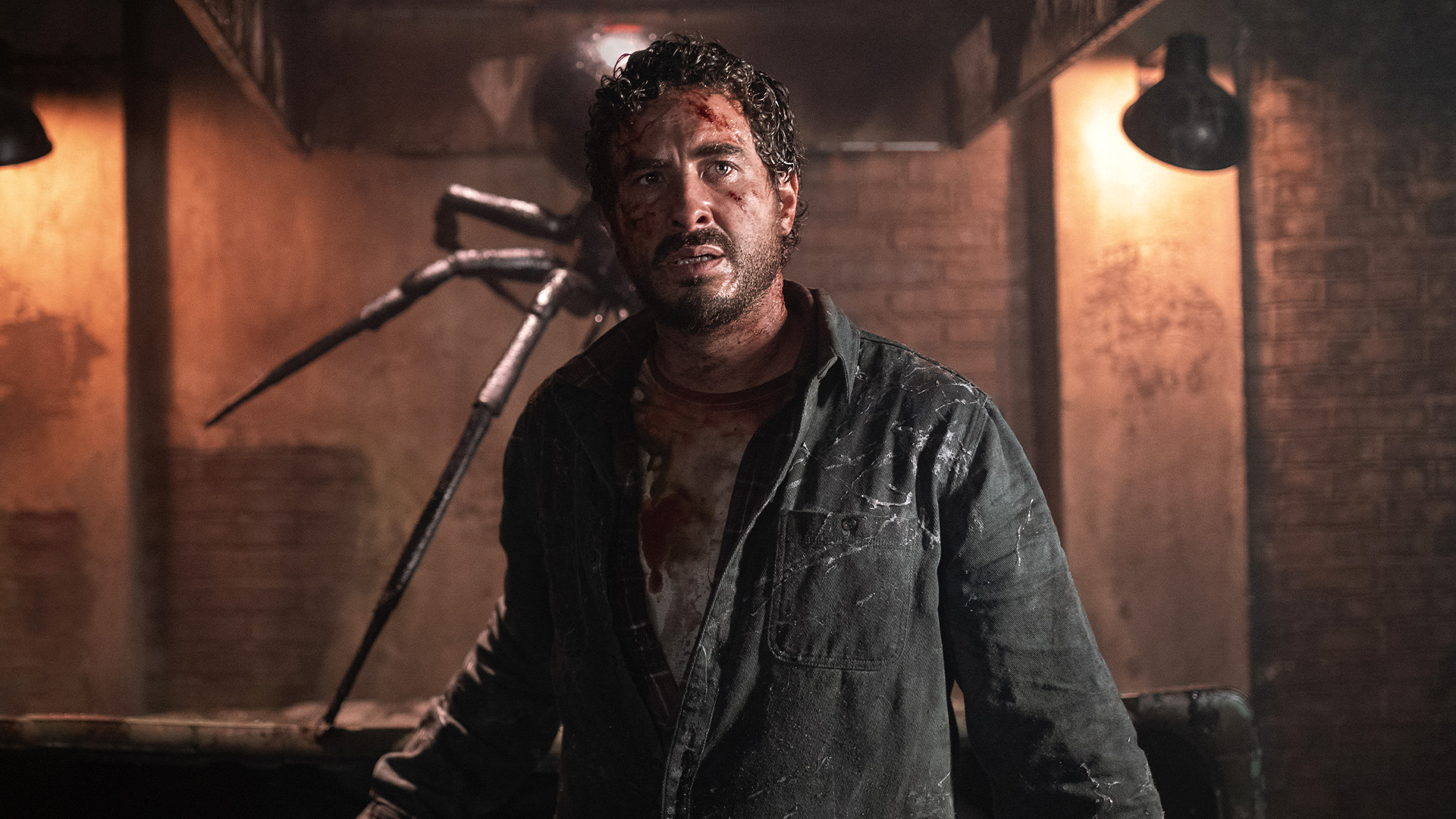
The critter’s black and shiny surface was designed with Alien’s Xenomorph in mind, and the shoot featured some surprise support from Ripley herself when Browne rang her The Lost Flowers of Alice Hart co-star from the set. “We were in the makeup chair and working out how you’re going to be scared of this giant puppet monster spider”, Corr shares. “[Alyla] walked out and came back and she was on FaceTime with Sigourney Weaver, asking her how she was scared of the animatronic alien… that’s serious street cred.”
For both director and star, there was a jarring contrast between the shoot’s more subdued, character-centric days and sequences in which the apartment’s cast of weirdos are terrorised by this titanic puppet. “There was no typical day”, Corr says; “it was like some days, ‘we’re gonna hang you up by your feet, drop you down that hole, can you just scream for a day’…There was a lot of coming off set standing in a wardrobe room and having about five people just coating you in KY Lube and webs, all day every day with just different levels of slime. You’d come into work, shower, and then get beaten up and covered in blood for hours.”
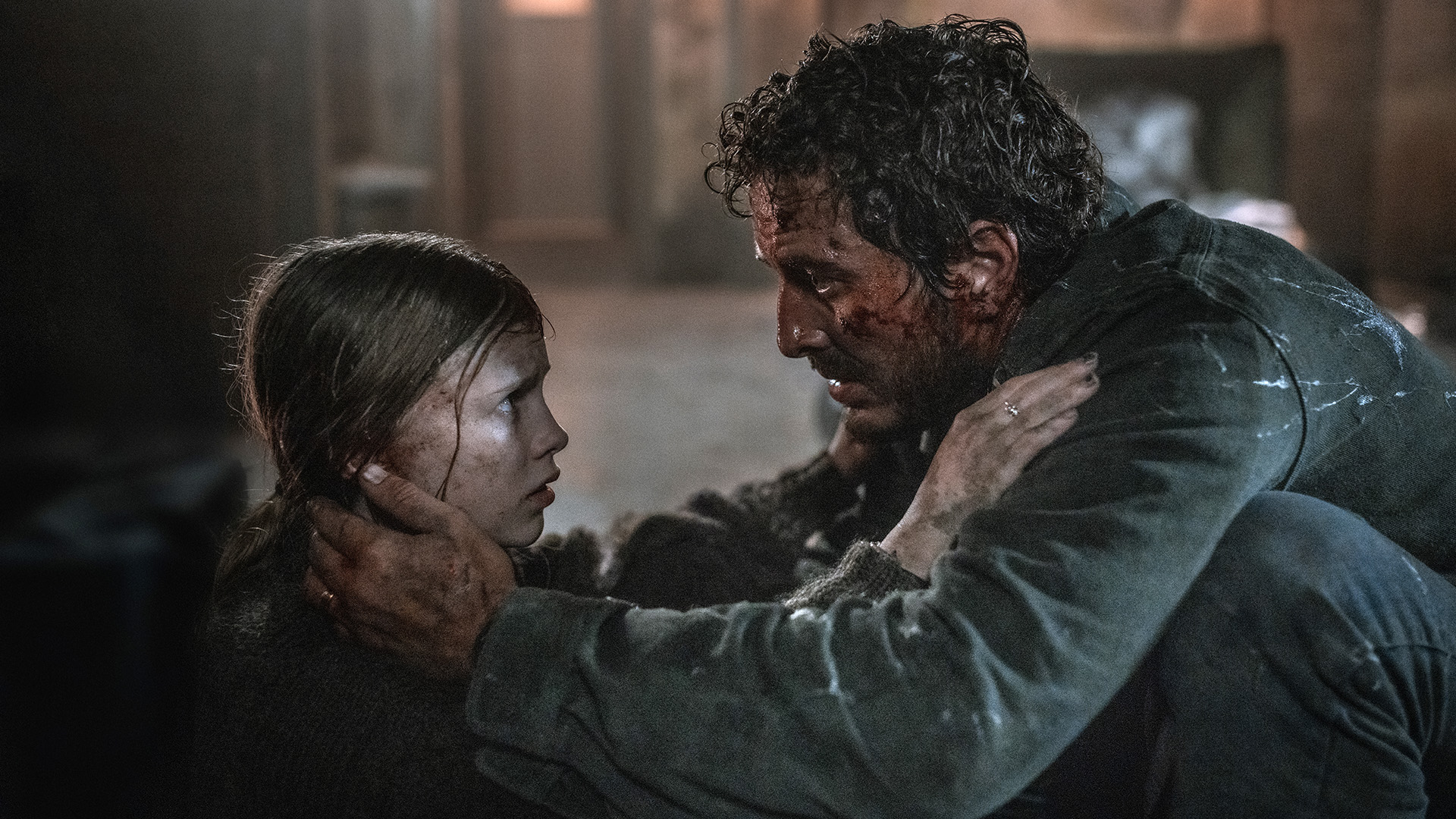
“The hard part was like action and puppets and throwing people through walls”, Roache-Turner agrees. “Sure it’s fun, but like, man, is it technically and physically difficult. I’m running around having 16 coffees, talking a mile a minute and sweating bullets. It’s so fun, it’s the circus.” The director describes scenes such as Charlotte and Ethan’s climactic second-act argument as a breeze, after Browne and Corr already developed their on-screen bond by tackling escape rooms together. “The thing I like about those dramatic moments is I do get to rest, man”, Roache-Turner praises of the pair’s friendship. “I just get to sit back and watch the pyrotechnics.”
Beyond our heroic mixed family’s flat, the film’s apartment setting includes a pair of friendly faces—Robyn Nevin and Noni Hazlehurst—as not-so-friendly spinsters, a hapless bug exterminator played by comic Jermaine Fowler, and a lonely widow (Silvia Colloca). It’s she who suffers the movie’s standout spooky scene, with Roache-Turner disturbed by producer notes to make her encounter with Sting “particularly horrible.” Initial screenings already had the director “going ‘oh my god, that’s the biggest reaction I think I’ve ever had for any movie’… but then they’re like, ‘can you make it more brutal?’” The resulting sequence is unforgettably hair-raising, the peak of straight-up fear in a film which otherwise makes tense family drama its focus.
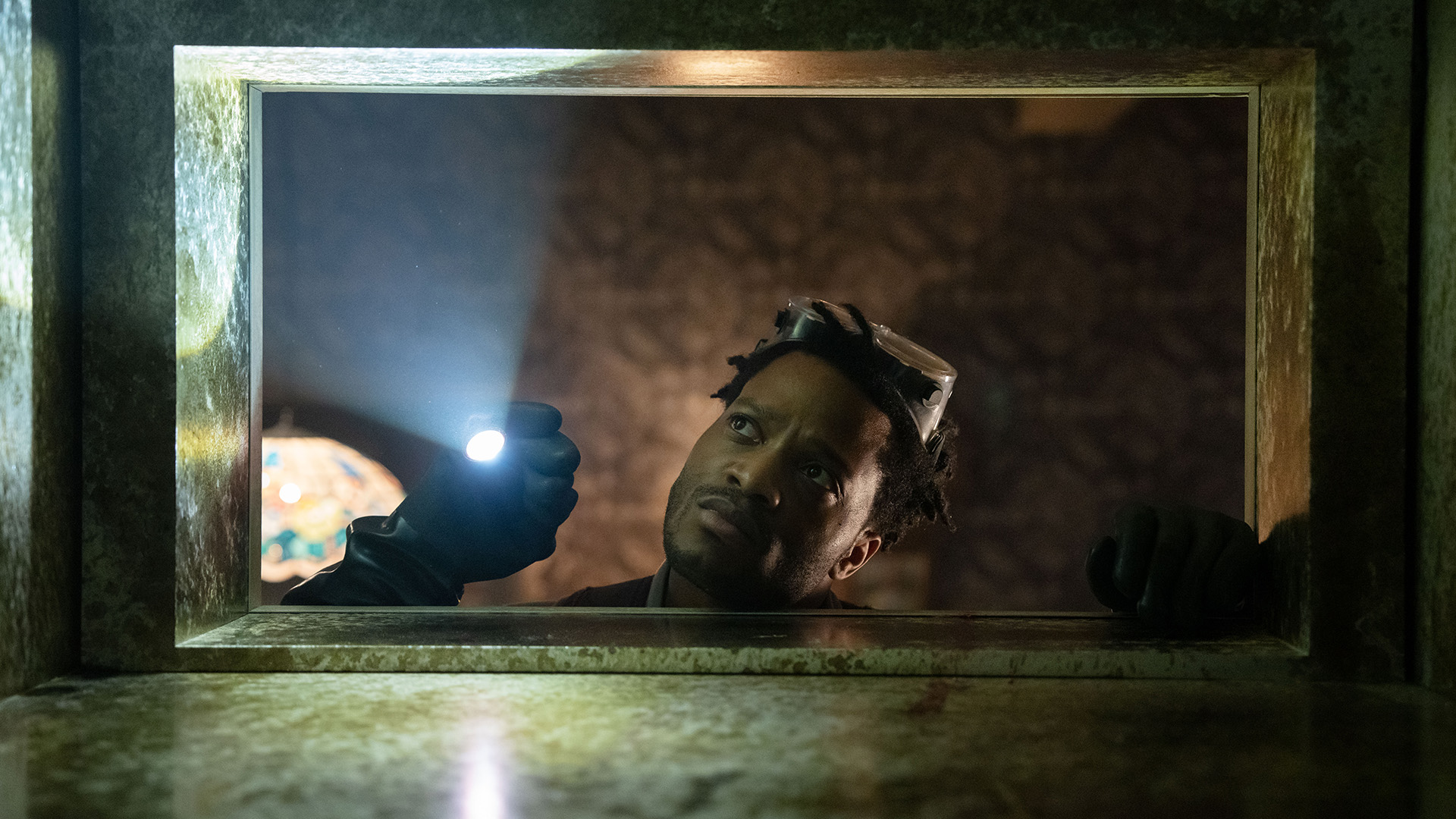
“All the best horror films, you know, there’s something underlying the jumpscares”, Corr claims. “Creature features and gore, it’s got to have something at its centre. At the core of that is a story about family and what happens when that relationship starts to fracture.” A seasoned horror veteran after playing a hyper-capable final boy in Wolf Creek 2, Corr was drawn to work with Roache-Turner for the filmmaker’s heartfelt blend of genre silliness and characters worth caring about: “I think we don’t often branch out into that in this country very often. He has a real voice for that. And he’s fearless in making the sort of films that he likes, that he wants to make.”
Horror is the big gun in Roache-Turner’s arsenal, despite his hopes to “try everything” as a filmmaker; a way “to explore some of the cinematic stuff that I really love to do, but it also gives me the ability to get it financed.” He feels that while his experiences as a stepdad and new father trapped at home during COVID might not have made it to the screen in a more sensible genre, the heightened sandpit of scariness offers a path—just as it might do for his tantalising, bonkers-sounding next project. “I’ve sort of recently decided to just kind of double down on that genre and just go, look, I’d love to make a war movie, but it’d be hard to get one up hard to finance. But if I put a shark in it, I can probably finance it. And so that’s the next movie I’m going to make, is a World War Two shark movie.”
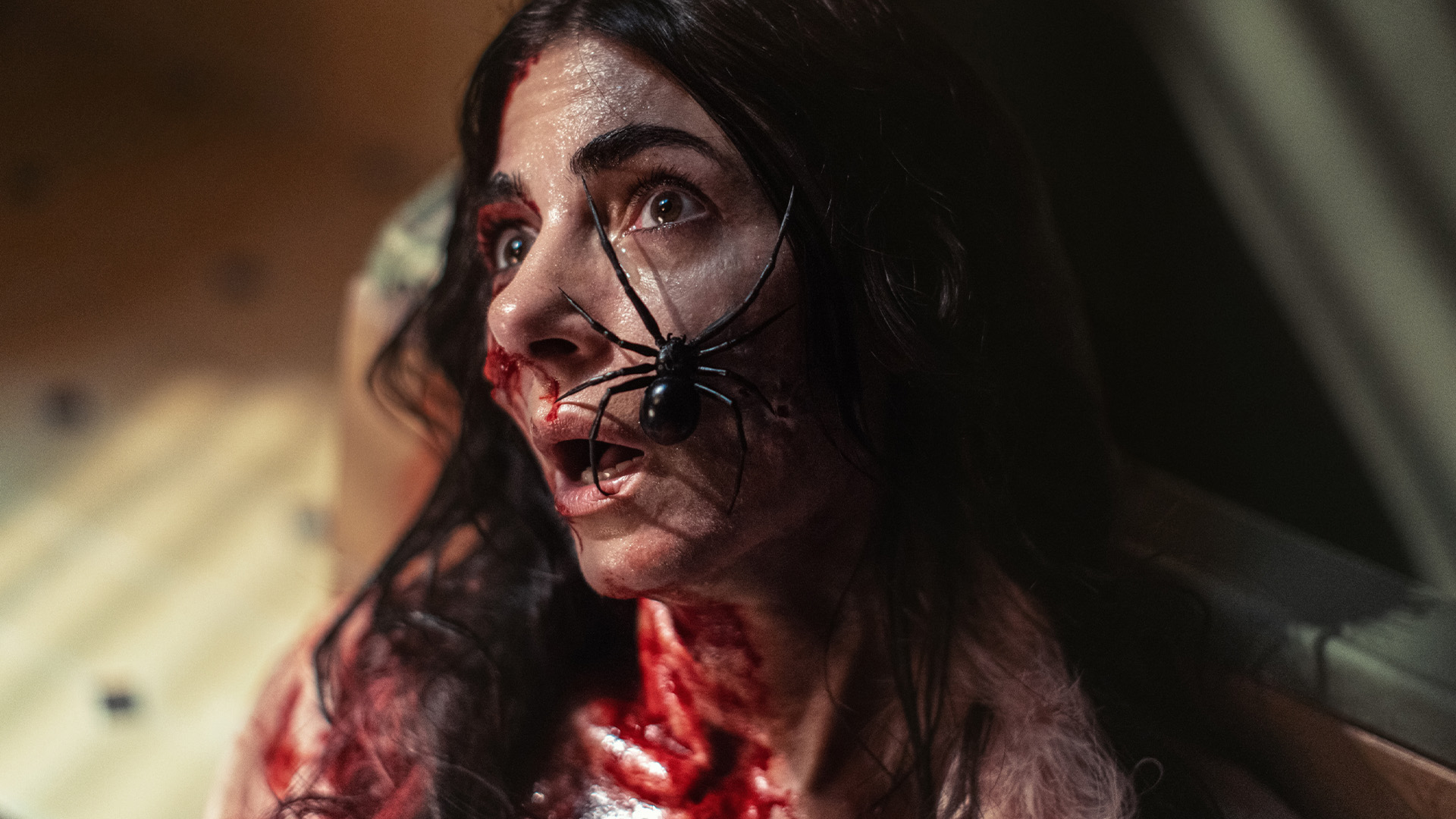
The director describes his previous approach to making movies Down Under as “bullish”, wanting to support the local horror scene first and foremost. In Sting’s wintery US setting, however, there were opportunities to make “a globally accessible film”, resulting in a homemade movie with a cosmopolitan sensibility that might remind audiences of this year’s other continent-crossing, homegrown success Late Night with the Devil.
Corr feels the transplanted location fostered a sense of frozen paralysis (”it’s more about being snowed-in in a storm”), not unlike one of Roache-Turner’s greatest single-location inspirations, John Carpenter’s The Thing. The actors had accent coaches in the months leading up to the shoot, and Corr reckons the Big Apple brogue was surprisingly slippery to nail: “It’s a lot subtler than you think, there’s an energy to it.”
I compare the film to retro, out-of-control-pet stories from the ’80s like Gremlins and Little Shop of Horrors, and Roache-Turner says that these nostalgic creature features were part of the story’s big move to NYC too. “We kind of just got together and went, ‘what will be cooler?’ Look, if you’ve got a giant alien spider, it’s gotta be New York. That’s where all that stuff happens. Look at Ghostbusters.”
It’s been too long since we’ve recoiled at a spider horror movie, and Sting knows how to play the classics while staying true to its soulful, family-driven core. The film’s only real failure, Roache-Turner reckons, is that the production didn’t desensitise him to its title character’s crawling, creeping horrors. “I was hoping that there’d be like a therapeutic component, but like, not at all. I’m still just as scared. And if anything it’s worse, because I had to look at so much footage of spiders doing spider things… Yeah, it hasn’t helped at all.”





